One area where Starlink internet lags behind the competition is latency. By competition I don’t mean other satellite internet services but rather fibre and mobile broadband.
Latency is the time it takes for data to travel from one point to another.
It’s a rather unfair fight. When using Starlink, your dish communicates with a satellite which is hundreds of kilometres above the ground and then the satellite talks to a station on the ground that is connected to the actual internet.
Once it gets there, it then goes to the actual thing you wanted, e.g. a YouTube video stored on some computer somewhere (CDN).
When using mobile data, your phone communicates with the base station which is just hundreds of meters away. Once it gets there, we are already talking about physical connections by fibre and it’s on to the internet.
Starlink can help reduce latency by increasing the number of satellites in orbit but that only goes so far. The other way is to increase the number of physical places on the ground that the satellites communicate with.
Ground stations
Like I said, the satellites have to communicate with a physical place on the ground that is connected to the internet. If there was only one such place on earth, a satellite which is over Zimbabwe would get your query to view a YouTube video and relay it via other satellites until it got to the satellite directly over the ground station.
The ground station which is connected to the internet then actually gets the data. However, that whole relay process takes time, which would mean terrible latency.
Imagine if the satellite directly above you could then directly communicate with a ground station close to you. It would be quicker.
Up until very recently, there was only one such ground station in Africa, called a Point of Presence (POP). It was in Nigeria, which is thousands of kilometres from here.
Starlink introduced a new POP in Kenya and it went live mere days ago. This should reduce latency for users in Africa in a major way.
Many users were getting latency between 120 and 150 milliseconds but some are now reporting consistently getting speeds in the 30 milliseconds range. If you use the service, you can let alone know what you’re getting.
Starlink’s latency map still says Zimbabwe is in the 107 to 155ms range. We shall see how that changes now that Nairobi POP is now live.
Starlink doesn’t disclose how many POPs it has but some researchers say it had 33 active POPs around the world before the Kenya one went live. Most of them are in North America where most subscribers are.
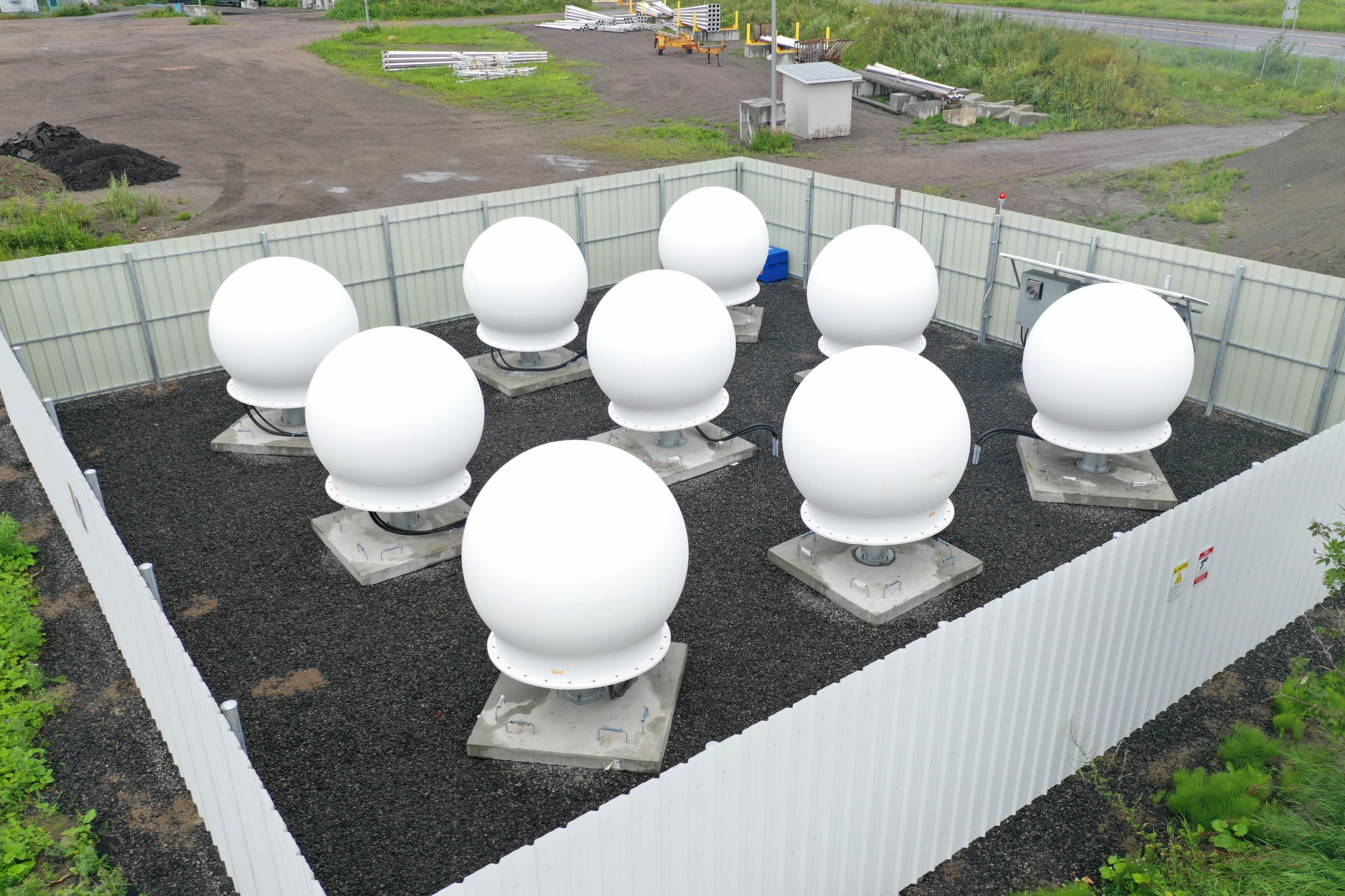

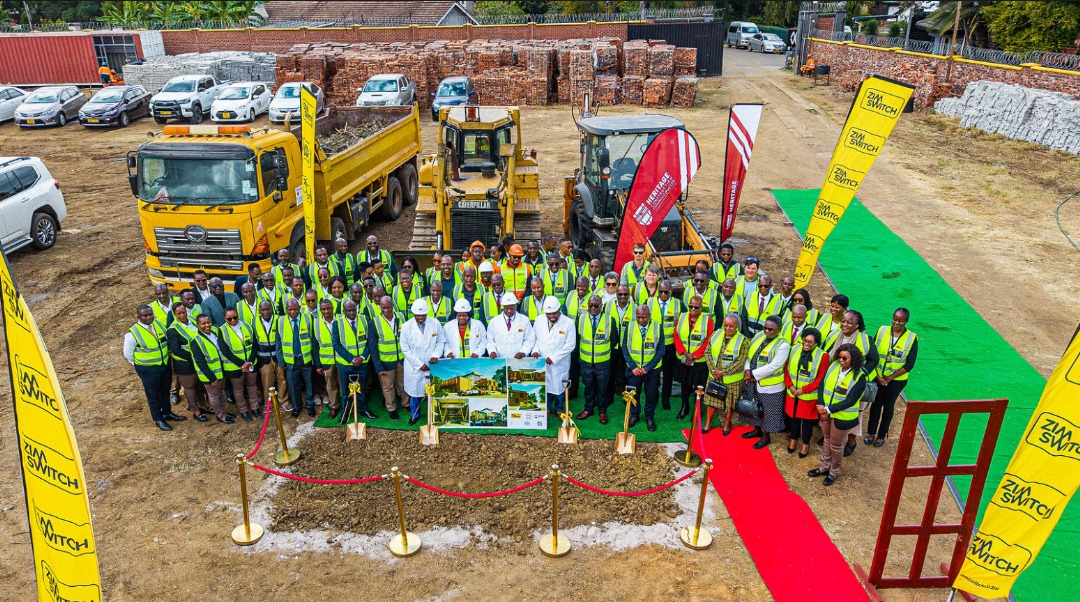

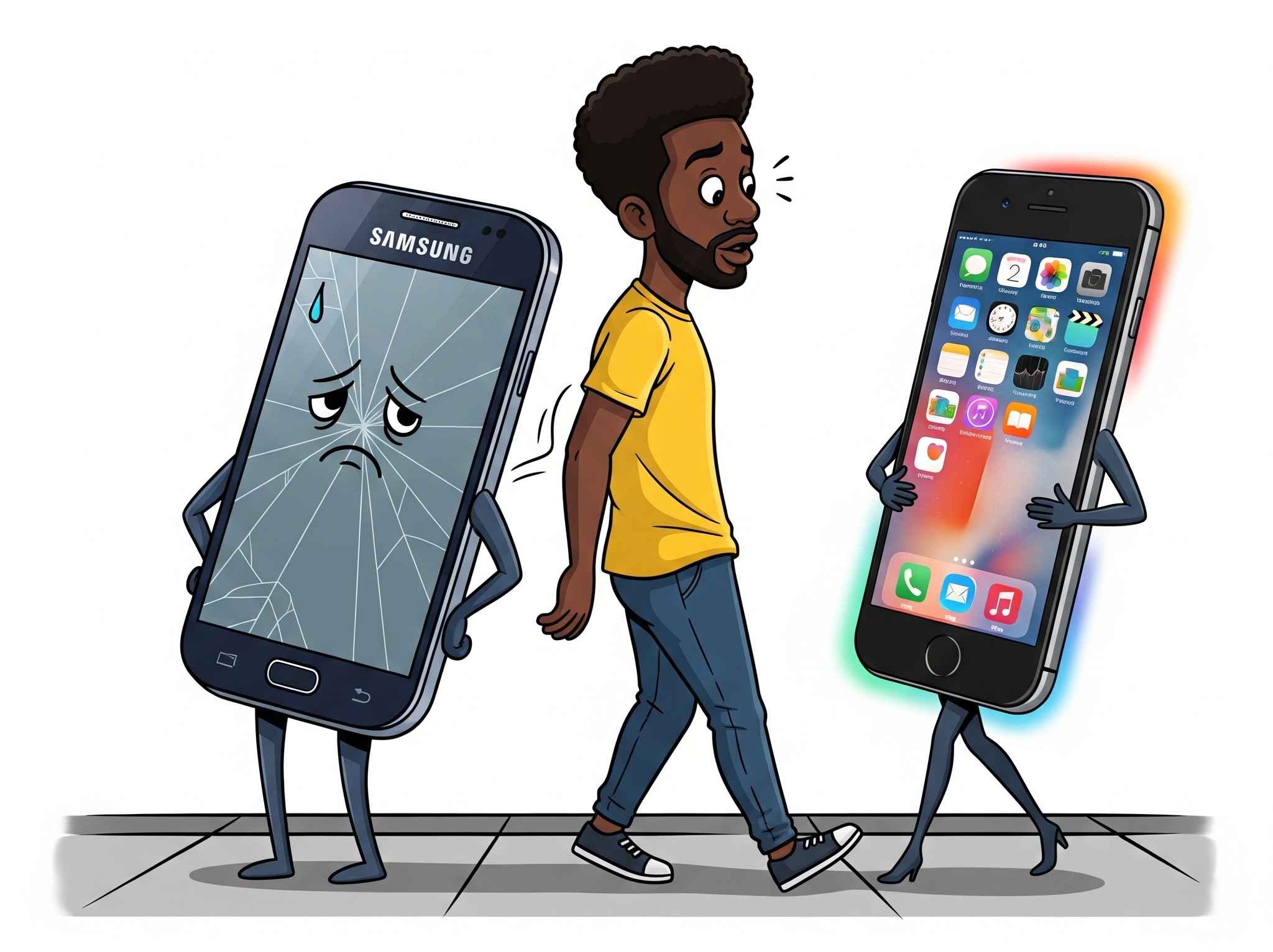
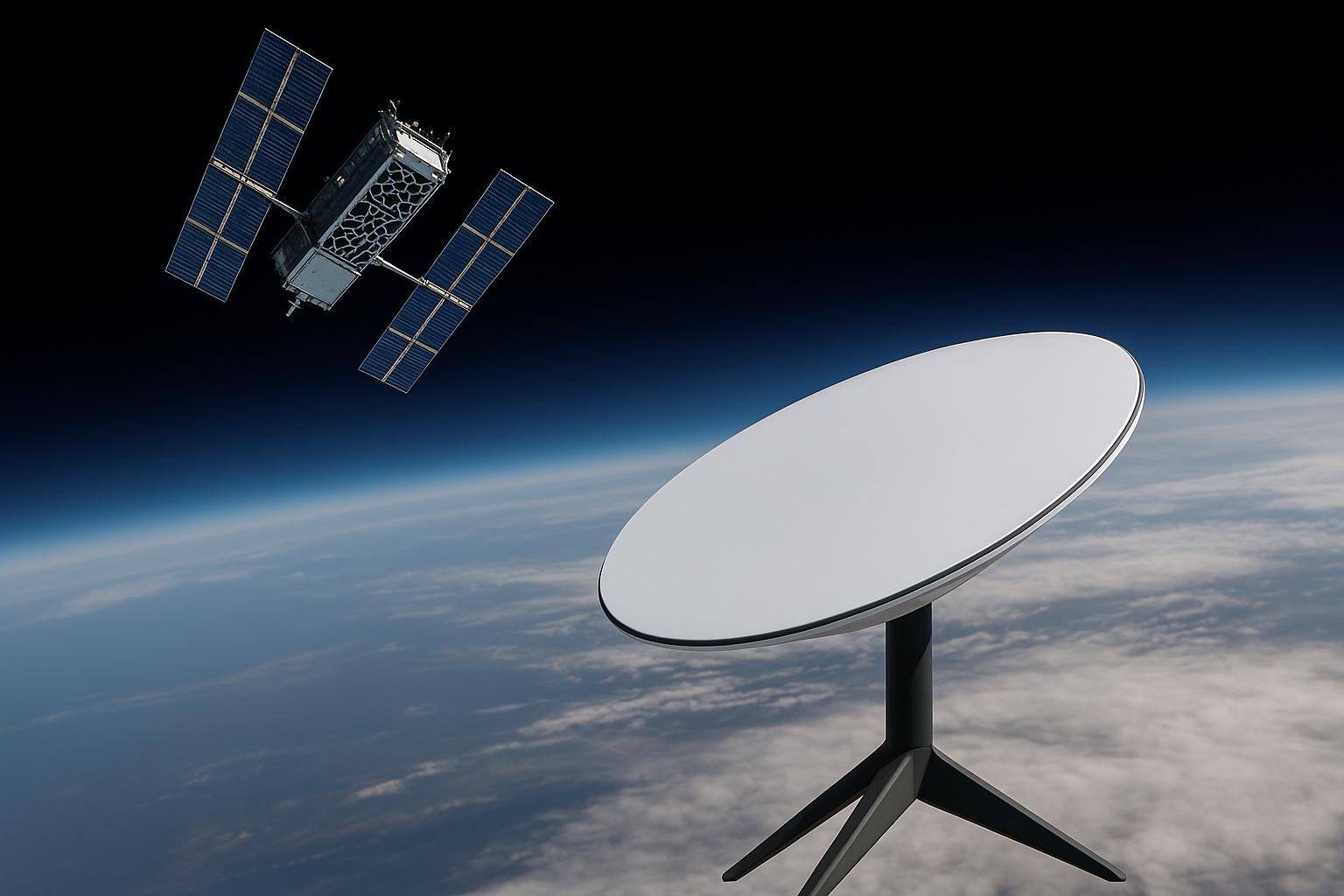

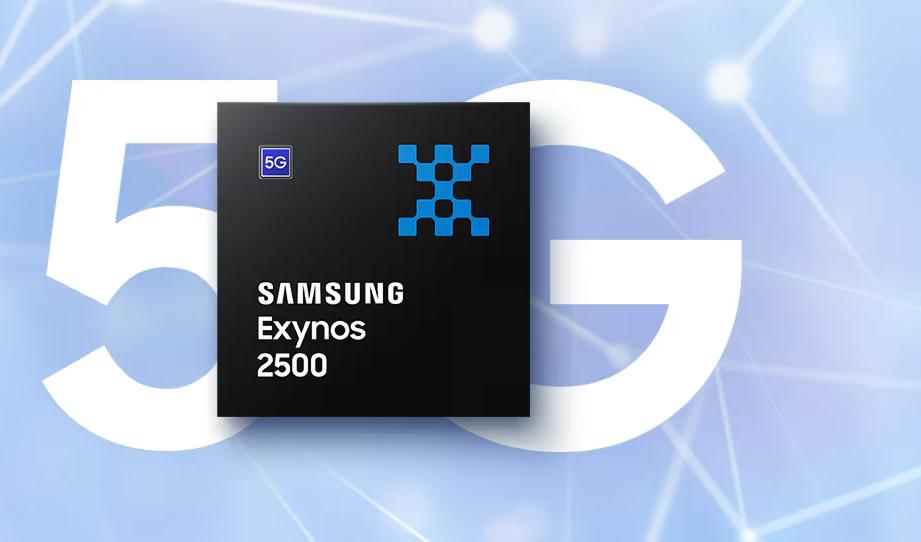

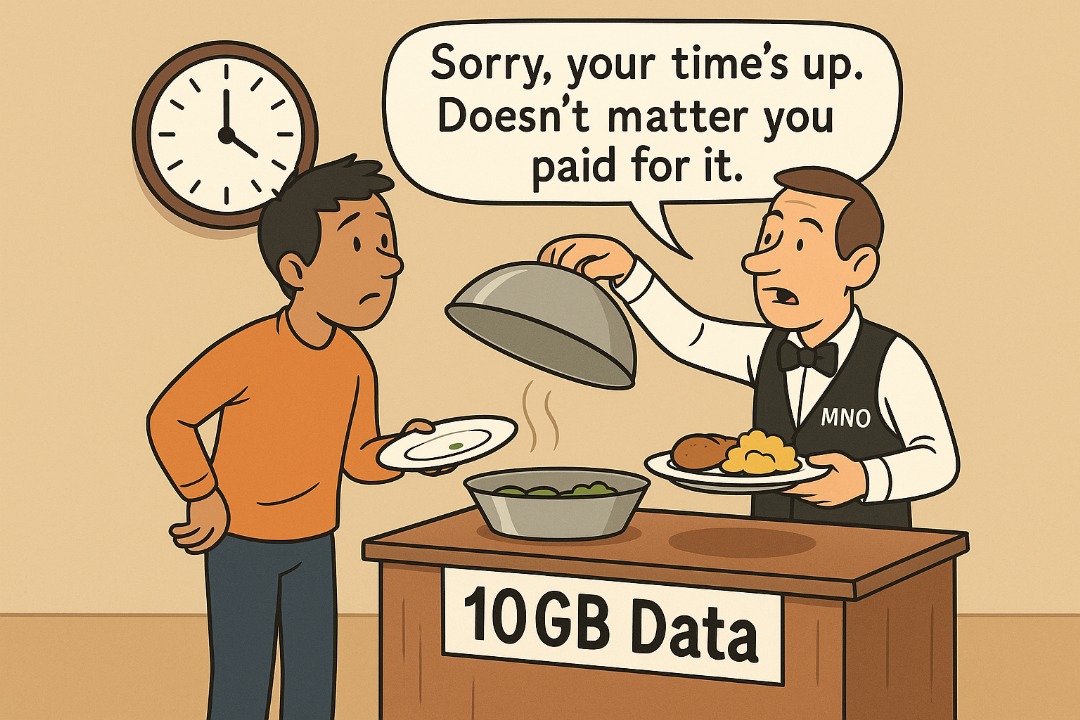



Comments
12 responses
oh thats just dandy
But we are still running on Frankfurt and Stockholm servers
Poor research,why is safaricom data bundles very expensive,ask them why???Starlink can work better than terrestrial boosters,can work even in the middle of The Indian Ocean.We’re tired of Safaricom expensive data.
19ms on my side. Stralink is driving safaricom to the drawing board
Keep it up *link by having more POPs in Africa, the new growth frontier.
Why should I go for starlink @kshs6500 monthly yet I can get unlimited strong connectivity at Kshs2500. For me pricing is still an issue. It’s still too expensive to most Kenyans. To properly beat other players starlink shud charge 3k for unlimited.
the difference is the speed my brother… utapenda
You need to have some transmission knowledge to understand. First safaricom is pays its transmission license to CAK. It also pays the international trasnmission network which supplies it with internet, it also pays other taxes and business operation taxes. Starlink is not paying all these. Again fibre optic is the fastest mode of transmission compared to satellites. That offers quality and reliability.
Starlink pays taxes too, wacha siasa mingi. We know all that. It’s about profit margin. Safaricom’s margin is significantly higher than Starlink 😏
Starling is good for business
5g has fast internet than starlink check out
So far the ground stations are in Konza and Karen